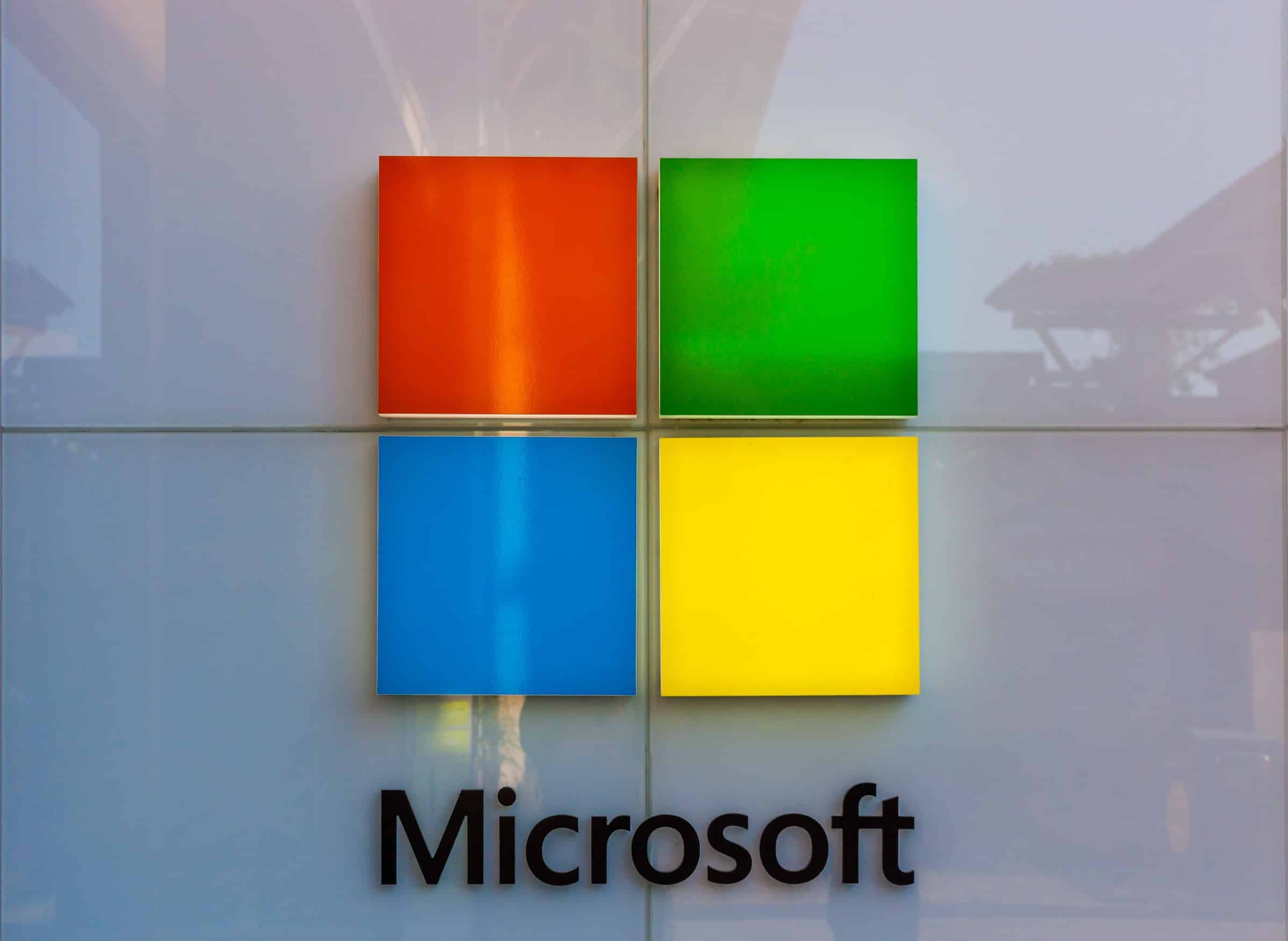
Microsoft recently released its monthly security update, addressing a total of 61 security vulnerabilities across its software. Among these vulnerabilities, two critical issues affecting Windows Hyper-V are particularly noteworthy as they could potentially lead to denial-of-service (DoS) attacks and remote code execution. In this blog, we will explore the key highlights of Microsoft's March updates and the implications they have for users.
Critical Hyper-V Flaws:
The two critical vulnerabilities, identified as CVE-2024-21407 and CVE-2024-21408, pose significant risks to systems utilizing Hyper-V technology. CVE-2024-21407 enables remote code execution, while CVE-2024-21408 can cause a DoS condition. While it is worth noting that none of the identified flaws are currently under active attack or publicly known, six vulnerabilities have been assigned an "Exploitation More Likely" assessment.
Privilege Escalation and Other Fixes:
Alongside the critical Hyper-V flaws, Microsoft's March updates also address various privilege escalation vulnerabilities. These include flaws in Azure Kubernetes Service Confidential Container, Windows Composite Image File System, and Authenticator. Of particular concern is the Authenticator vulnerability (CVE-2024-21390), which, if exploited, could allow attackers to gain access to multi-factor authentication codes, potentially compromising sensitive accounts.
Print Spooler and Exchange Server Vulnerabilities:
Another notable vulnerability fixed by the updates is a privilege escalation bug in the Print Spooler component (CVE-2024-21433). Although an attacker can only exploit this vulnerability by winning a race condition, its existence poses considerable risks. Additionally, a remote code execution flaw in Exchange Server (CVE-2024-26198) was also patched. In this case, an unauthenticated attacker could trick a victim into opening a malicious DLL file, resulting in the execution of unauthorized code.
Analysis and Industry Impact:
With a total of 61 vulnerabilities addressed in their March updates, Microsoft appears to have a quieter start to the year compared to previous years. On average, the first quarter of the year saw 237 vulnerabilities patched in the past four years, whereas this year's first quarter only accounted for 181 CVEs. Nevertheless, the importance of keeping systems up to date and promptly applying patches remains vital to ensure security.
Software Patches from Other Vendors:
It is worth mentioning that alongside Microsoft, several other vendors have also released security updates to address vulnerabilities in their products. Vendors such as Adobe, Apple, Cisco, Google, Intel, and many others have rectified vulnerabilities that could potentially affect their software. These updates emphasize the collaborative efforts by various organizations to prioritize and resolve security issues promptly.
Conclusion:
Microsoft's March updates have addressed a range of vulnerabilities, including critical flaws in Hyper-V, privilege escalation bugs, and remote code execution vulnerabilities. While none of these flaws are known to be actively exploited, it is crucial for users and organizations to apply the latest updates promptly to mitigate potential risks. By staying vigilant and prioritizing security, users can better safeguard their systems against potential threats in today's digital landscape.
Source: The Hacker News